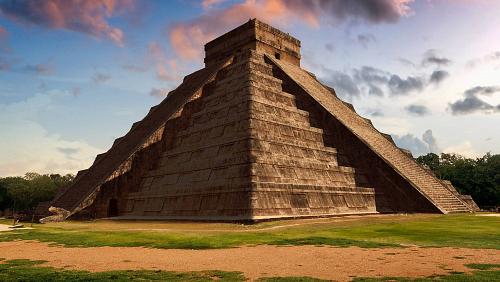Cremation is a practice that has been around for centuries, with various cultures and religions utilizing different methods to perform the ritual. One of the most important aspects of a cremation facility is the cremation furnace, also known as a cremator, which is used to respectfully reduce a body to ashes.
Traditional Cremation Furnaces
Traditional cremation furnaces were typically large, stationary structures that required a significant amount of space and resources to operate. These furnaces were often located within cemeteries or funeral homes and were typically made of brick or metal.
These traditional furnaces required a constant heat source, such as gas or electric burners, to reach high temperatures necessary for cremation. The process of loading and unloading bodies into these furnaces was typically manual and required significant labor.
Modern Cremation Furnaces
With advances in technology, modern cremation furnaces have become more efficient and environmentally friendly. These furnaces are designed to be smaller and more compact, allowing for easier installation in a variety of locations.
One of the most significant advancements in cremation furnace technology has been the introduction of gas-powered furnaces, which allow for a more controlled and efficient cremation process. These furnaces are equipped with computerized controls that monitor temperature, airflow, and other variables to ensure a clean and efficient cremation.
Portable Cremation Furnaces
In recent years, portable cremation furnaces have become increasingly popular, especially in areas where traditional cremation facilities are not readily available. These portable units are compact and can be transported to remote locations, making them ideal for use in disaster response situations or in rural areas without access to a traditional crematorium.
Portable cremation furnaces typically operate on gas or propane and are designed to be easy to set up and use. These units are equipped with advanced technology to ensure a clean and efficient cremation process, even in remote locations.
Conclusion
The evolution of cremation furnaces from traditional, stationary structures to modern, efficient units has revolutionized the cremation industry. Whether traditional or portable, cremation furnaces play a vital role in the respectful and dignified handling of human remains, providing families with a means to honor their loved ones in a way that is both meaningful and environmentally friendly.







